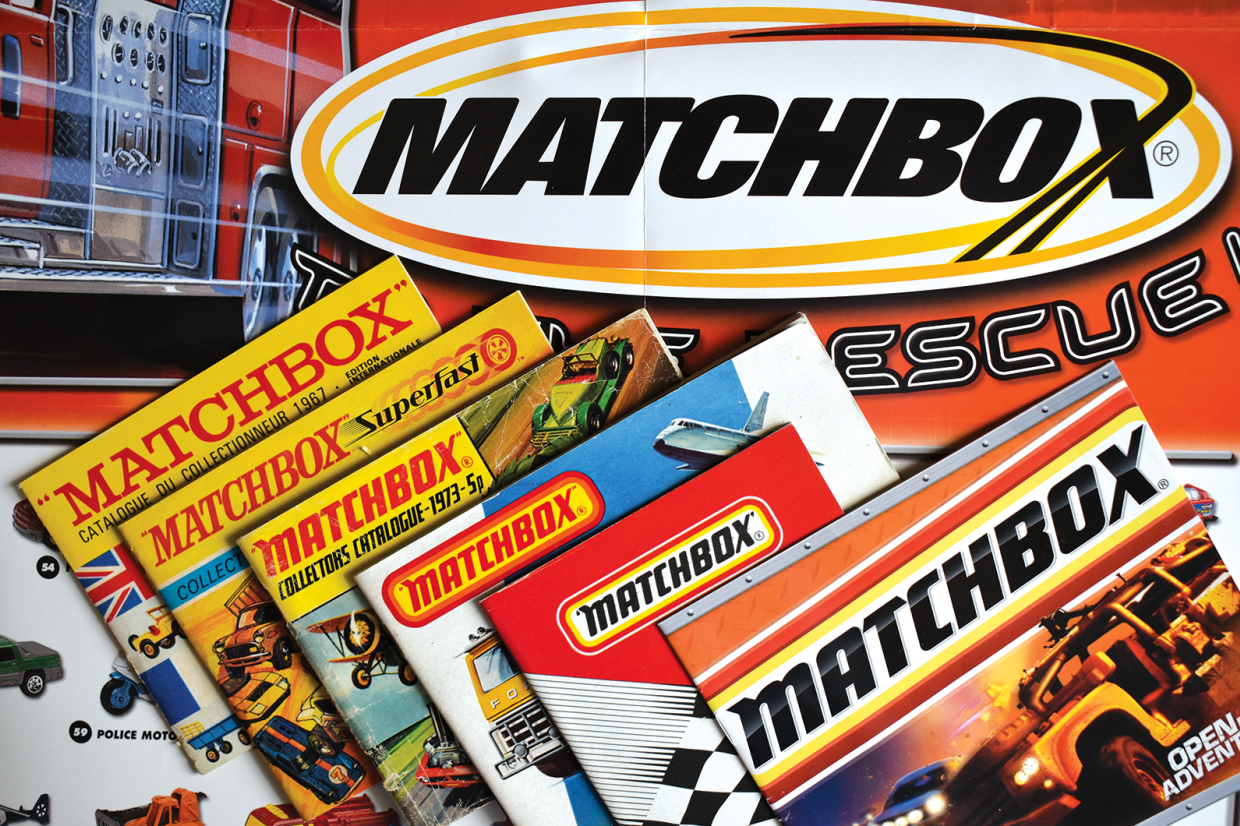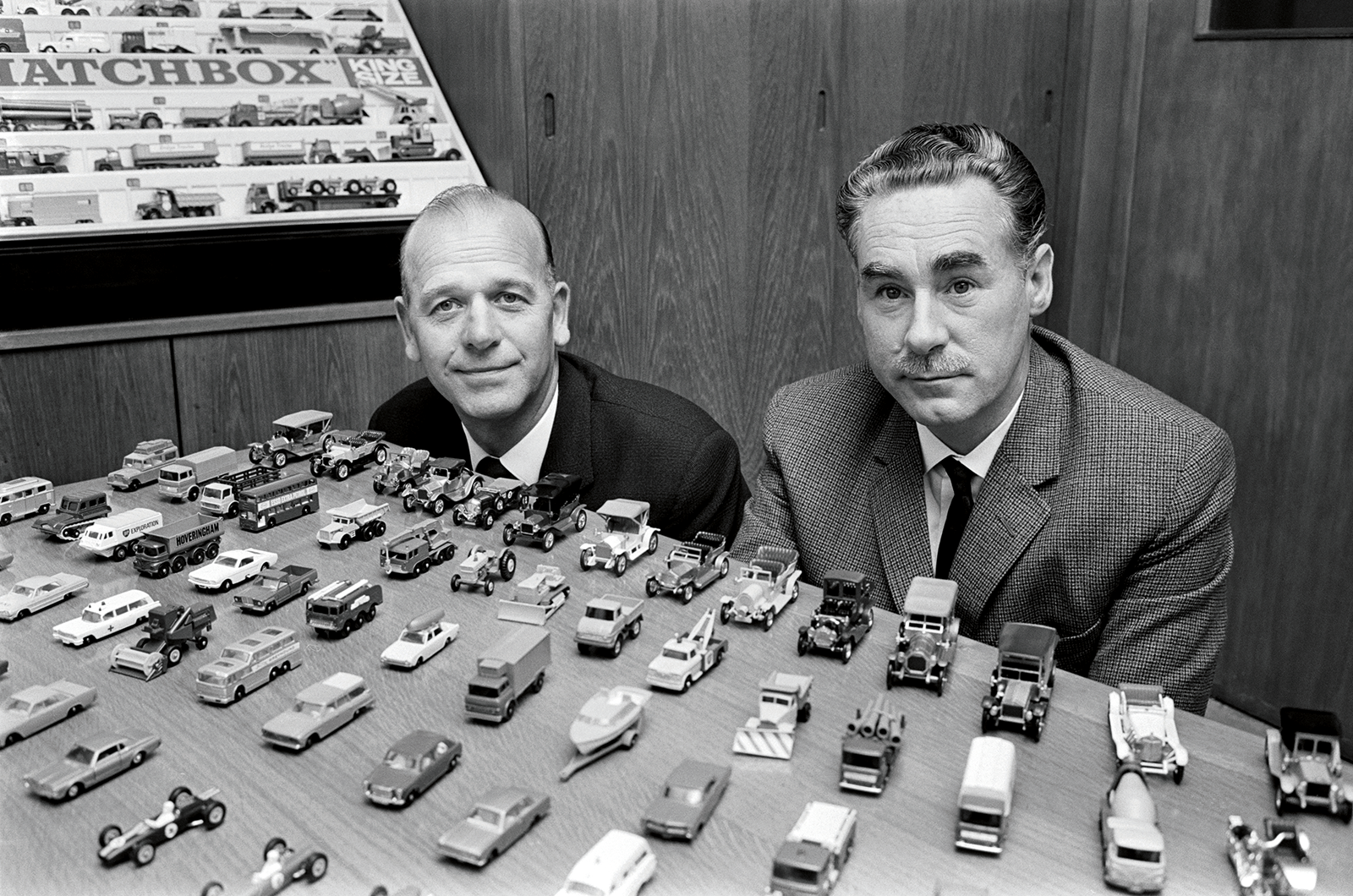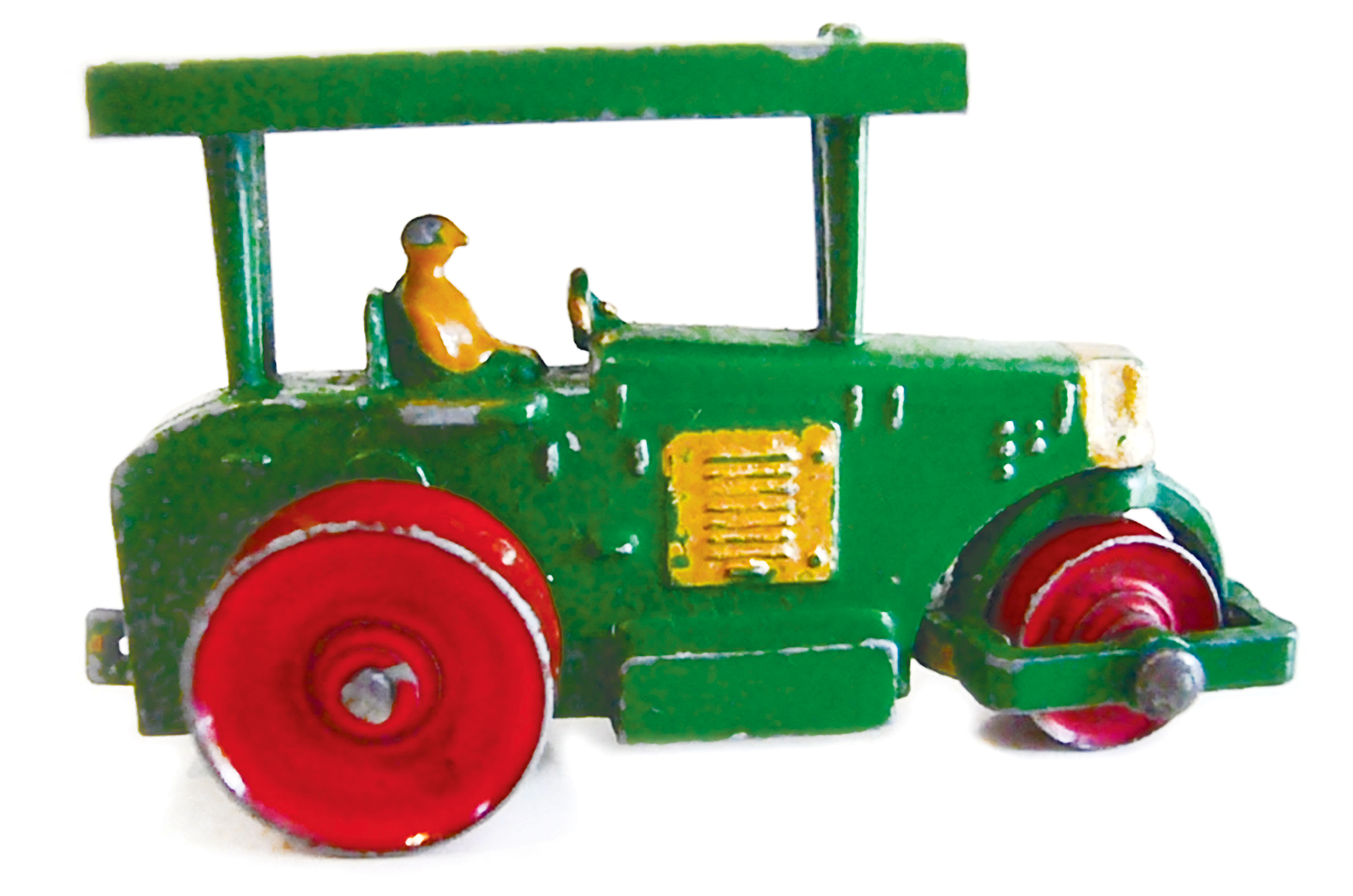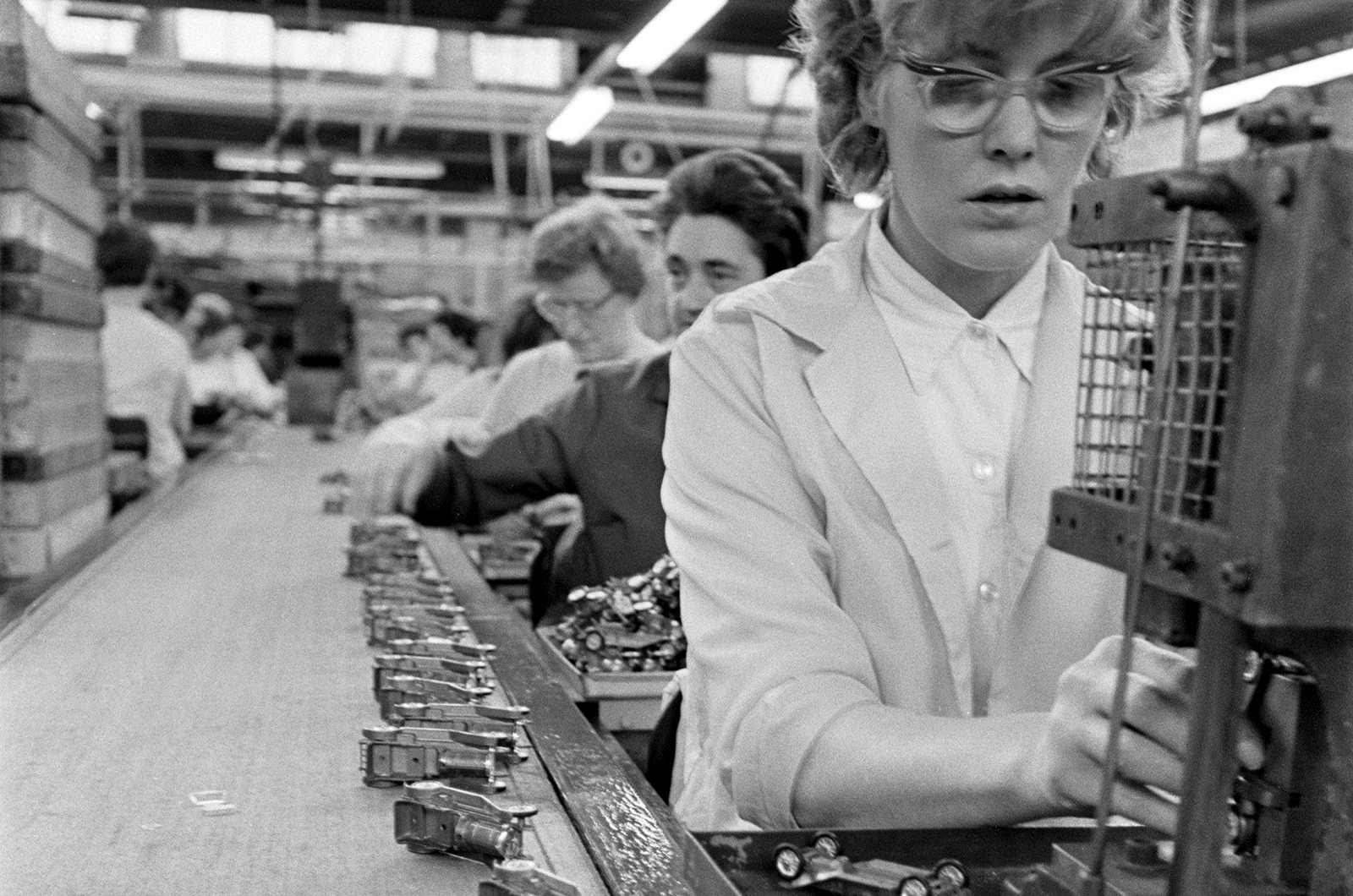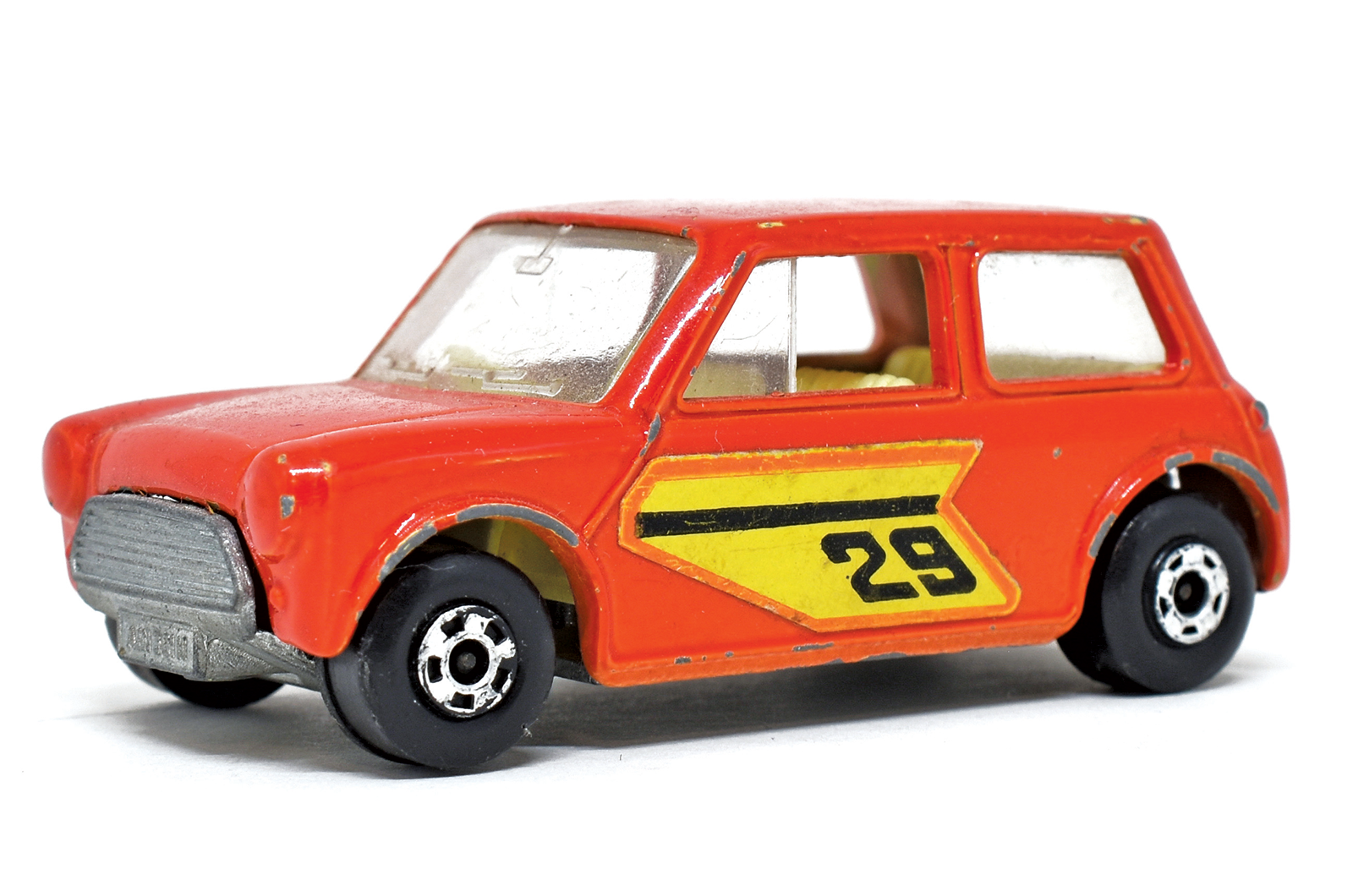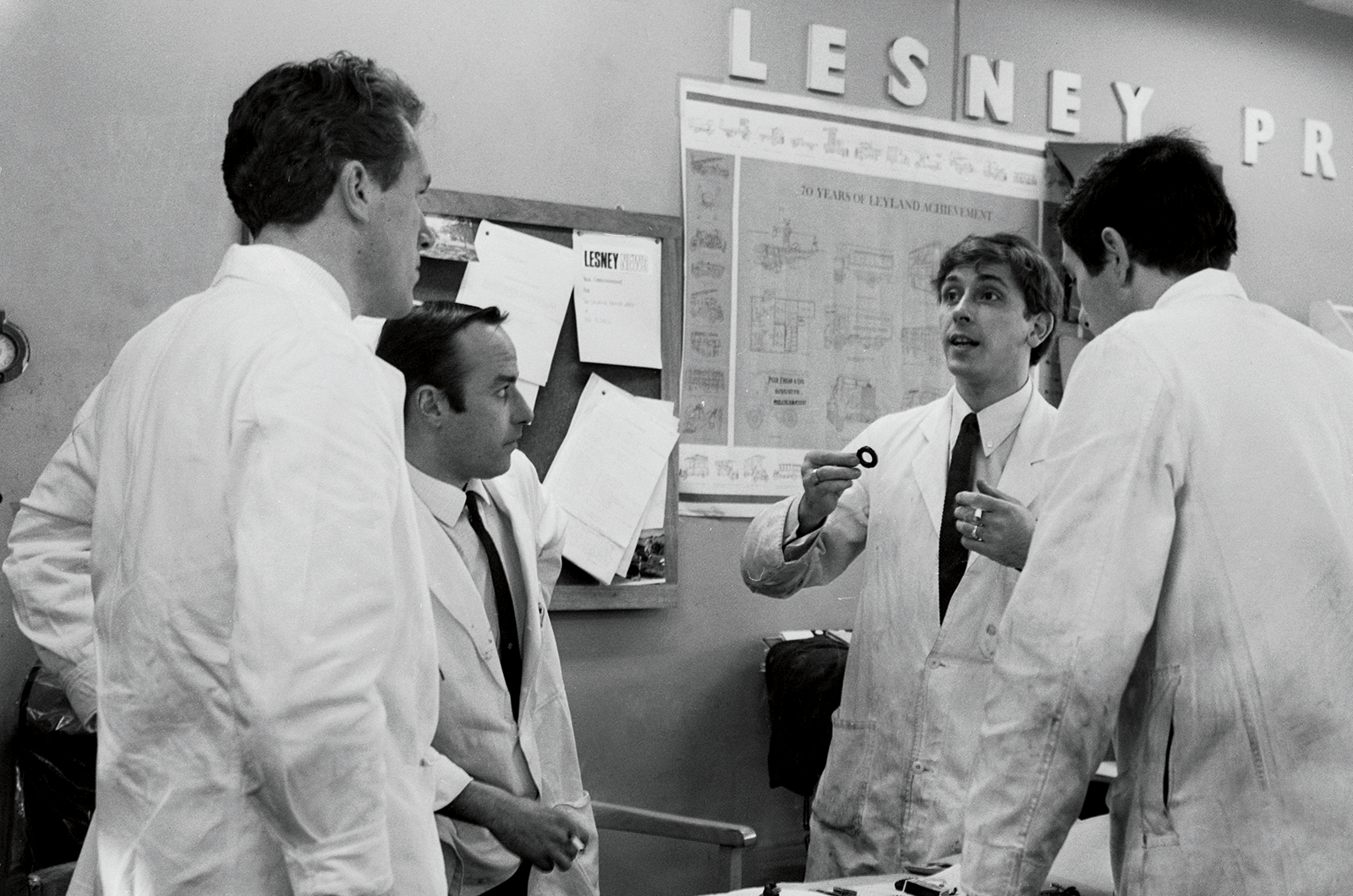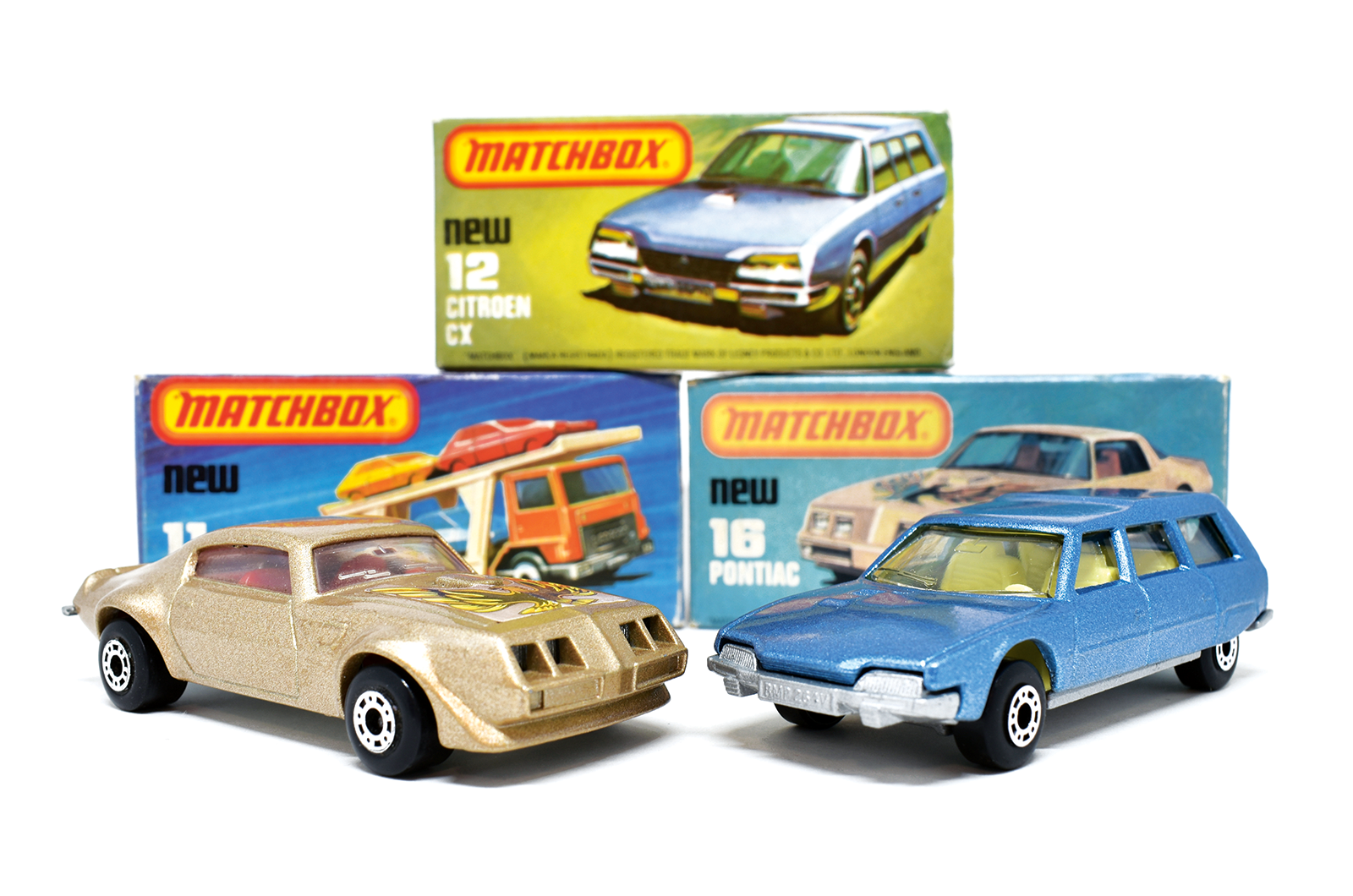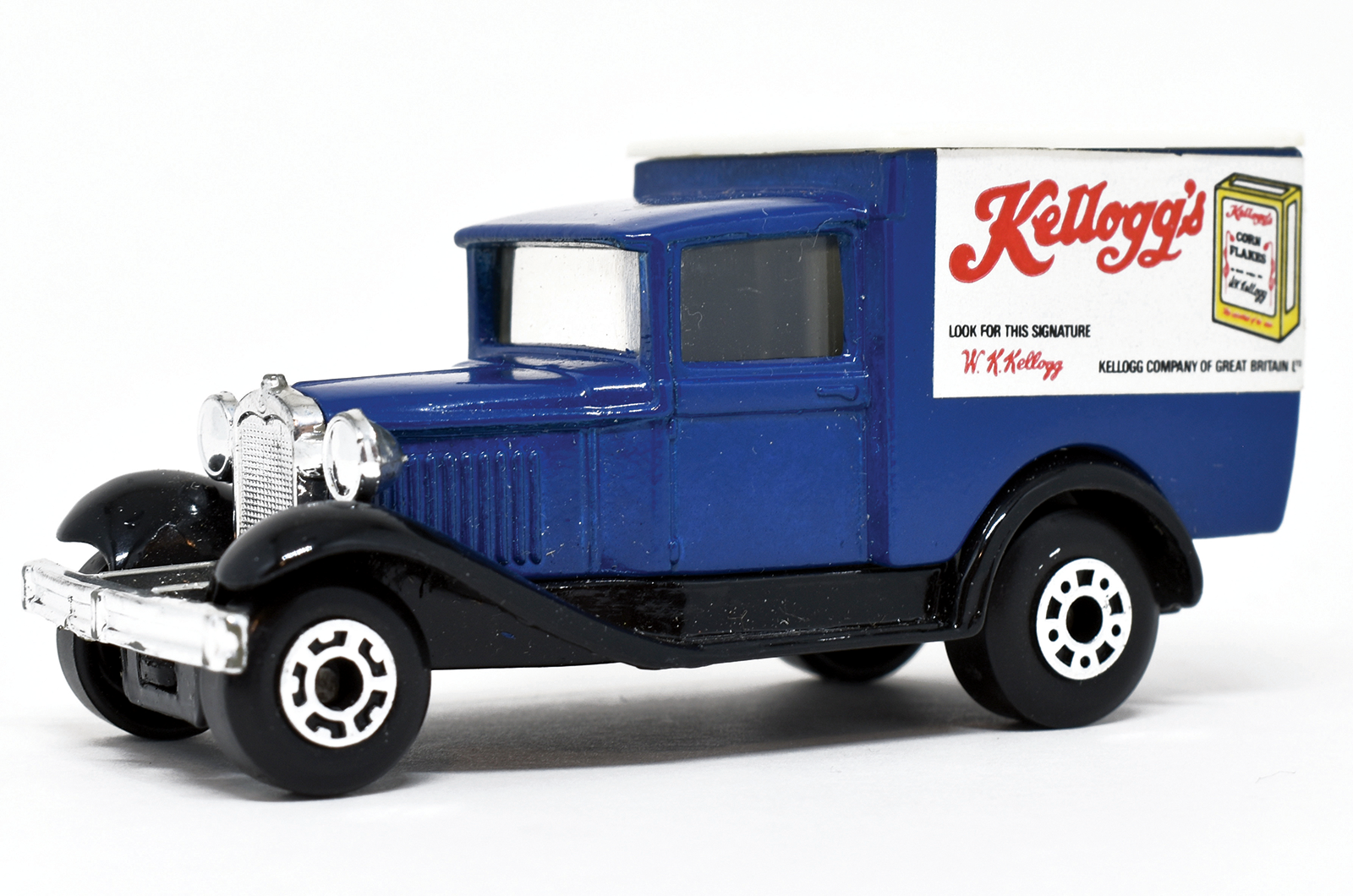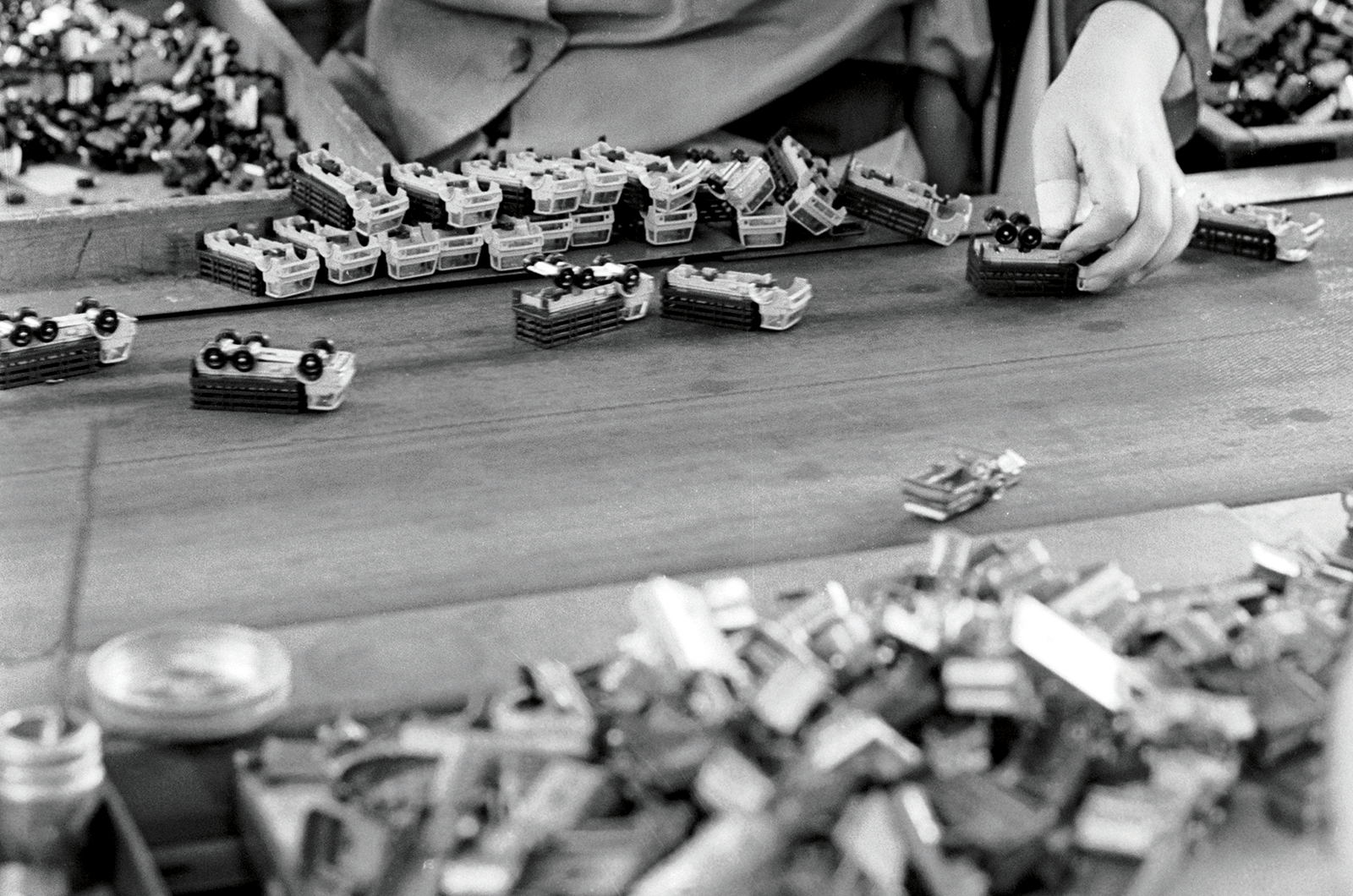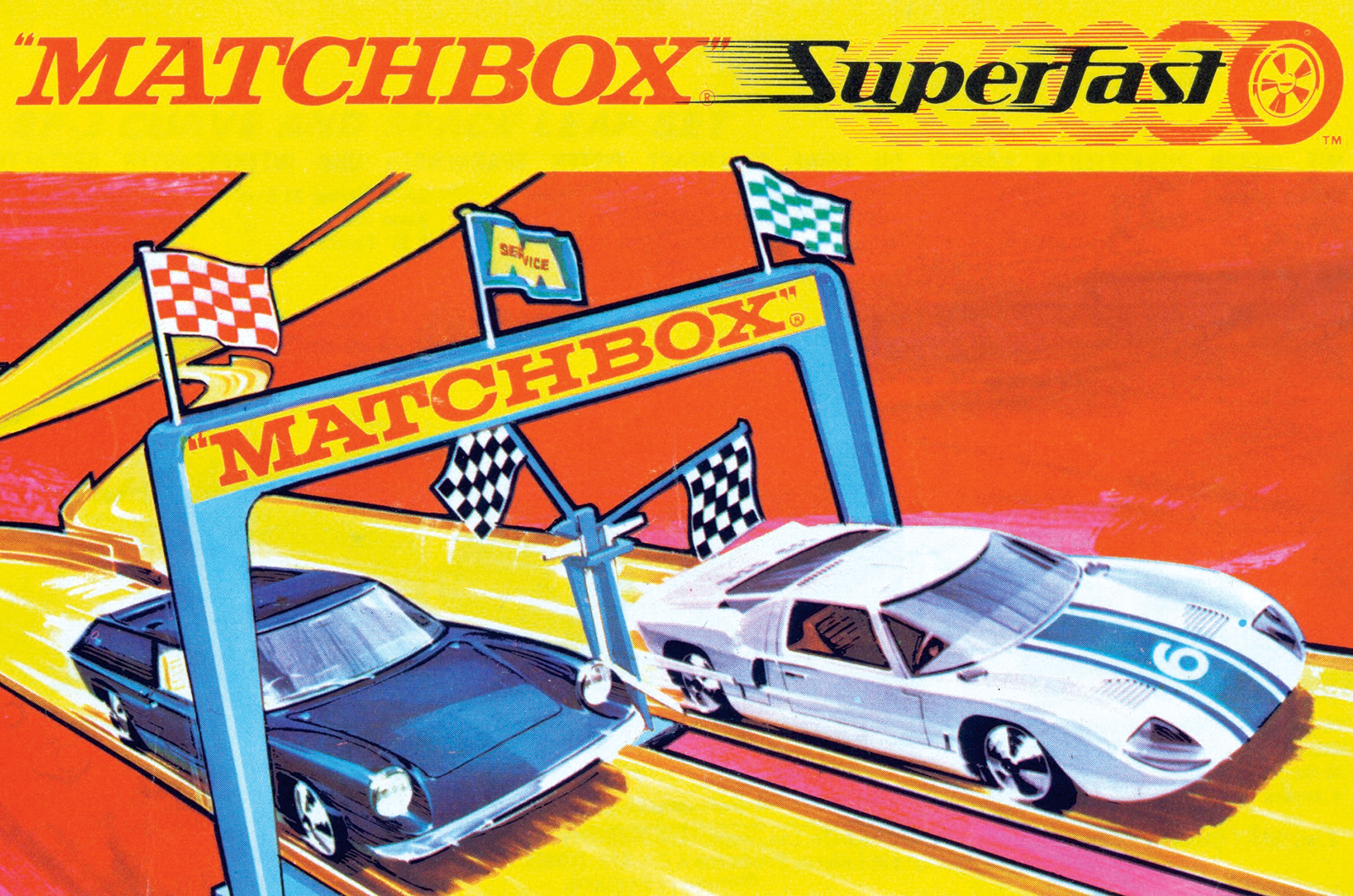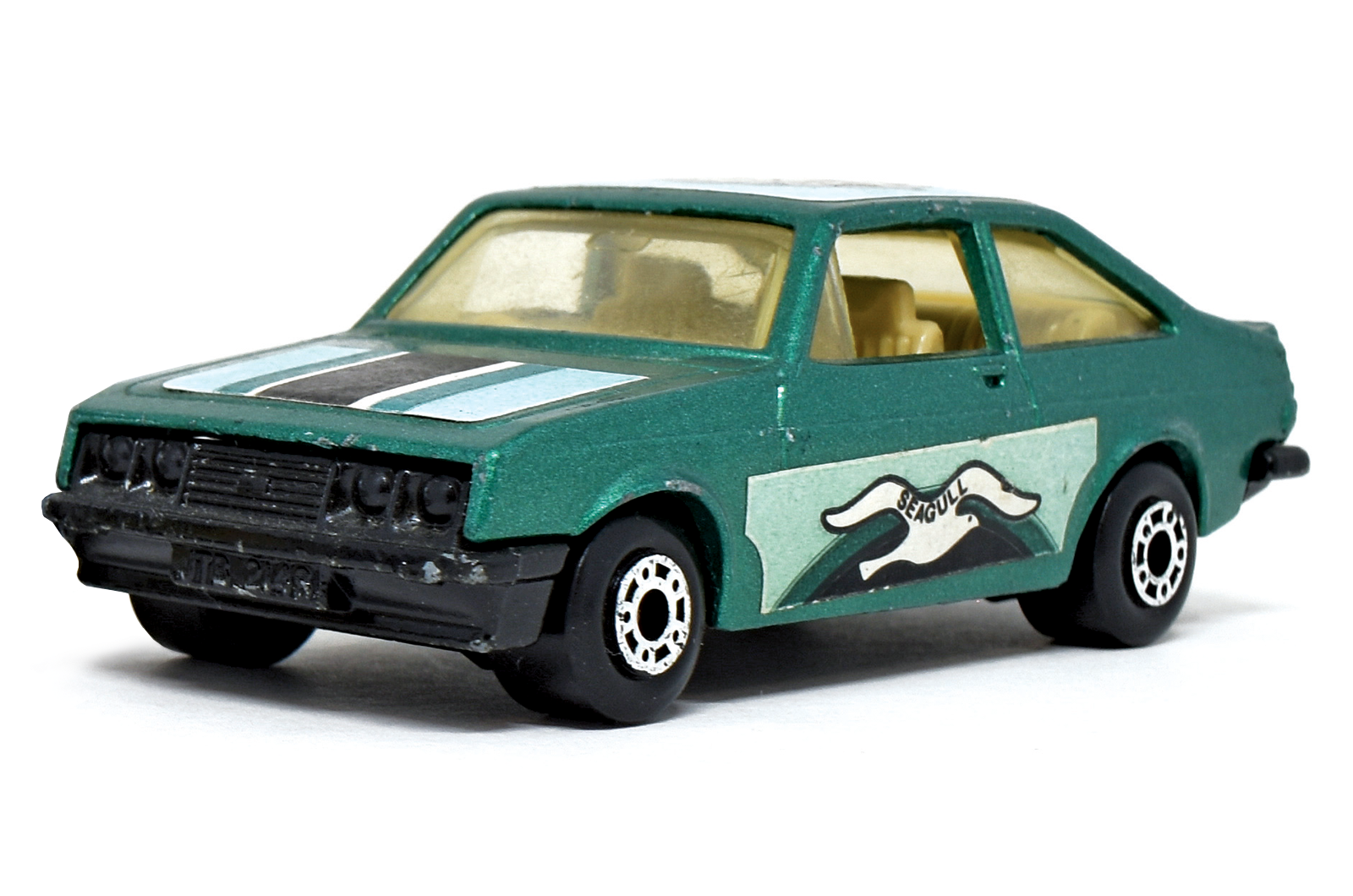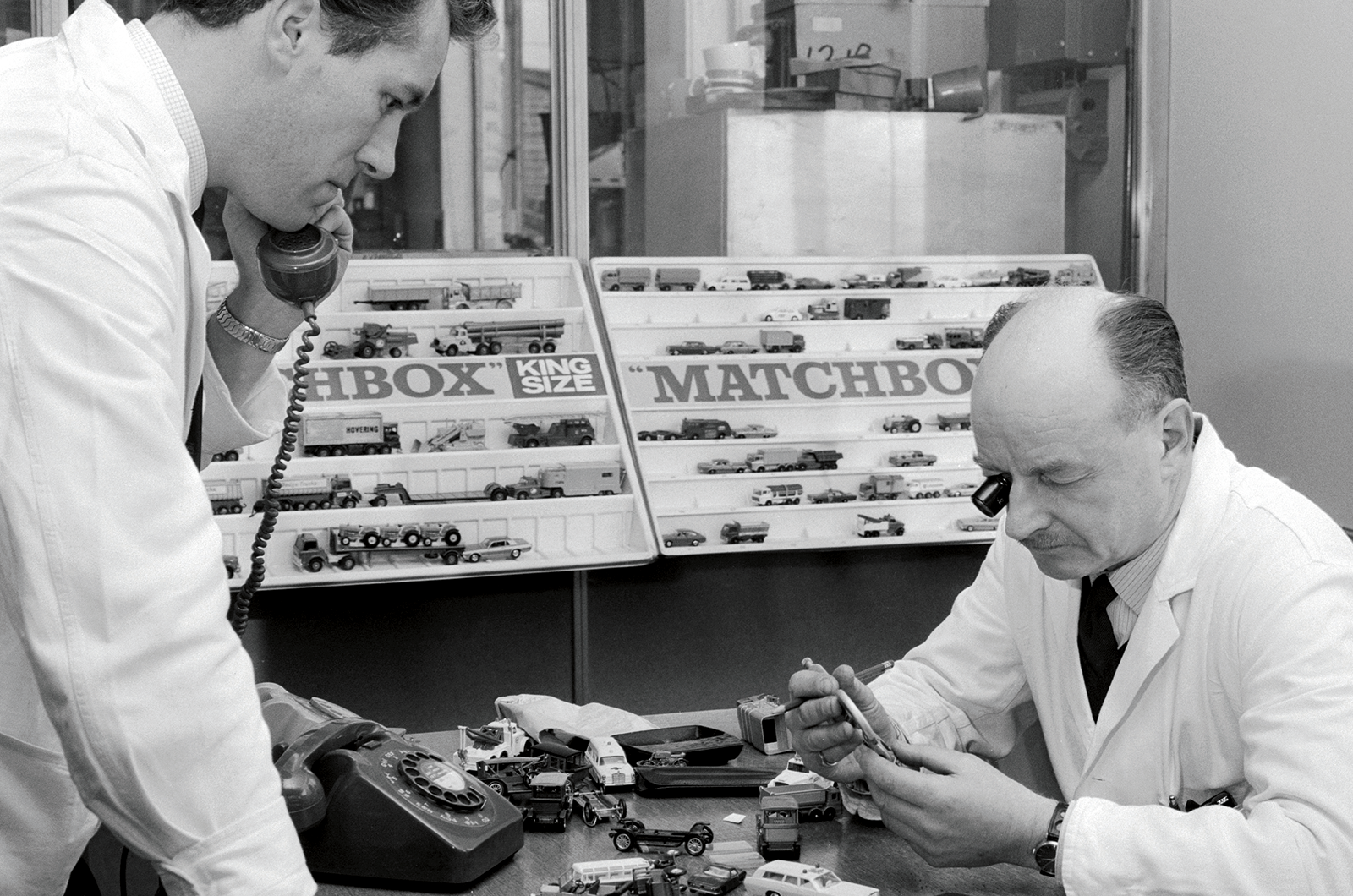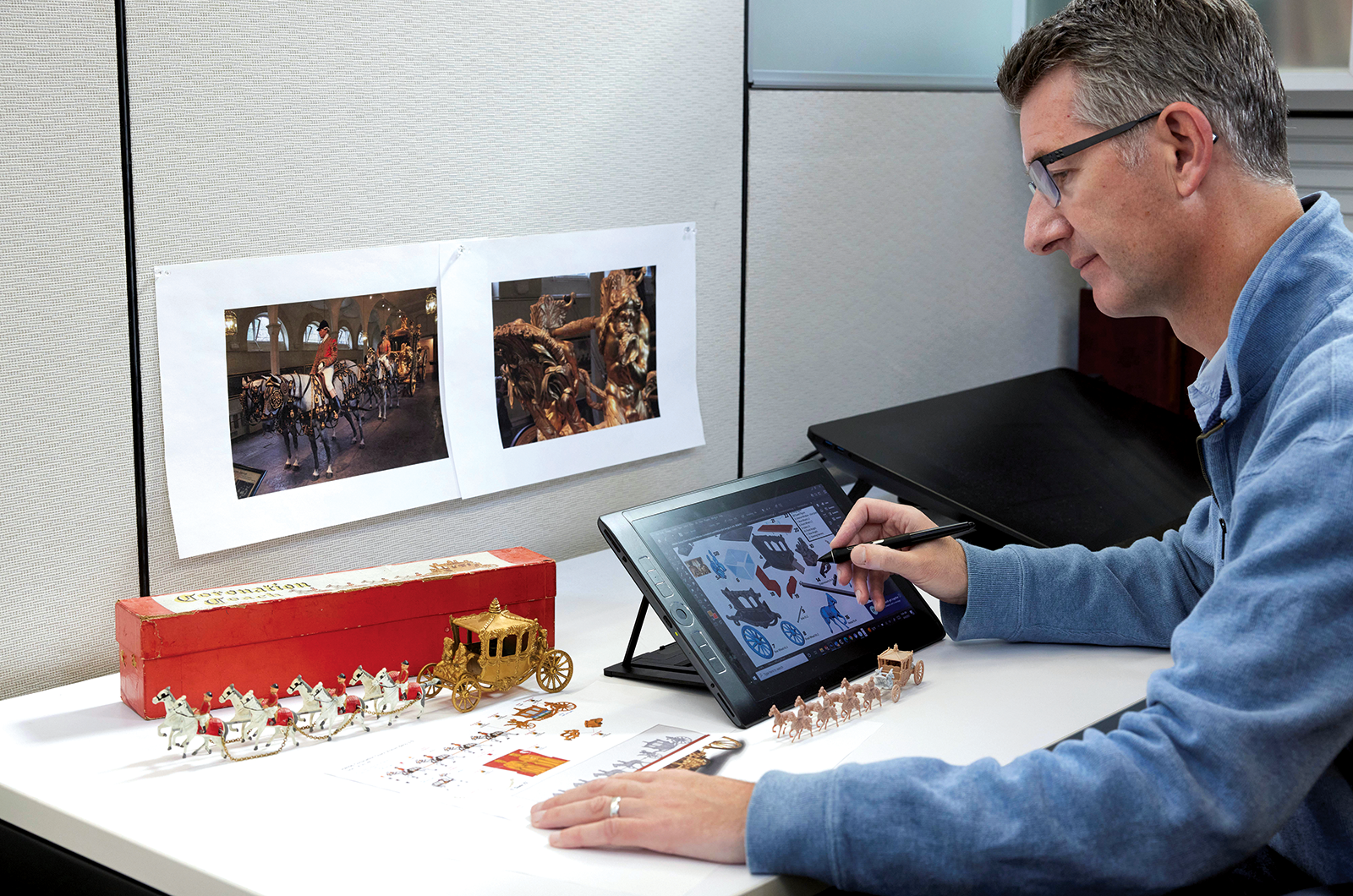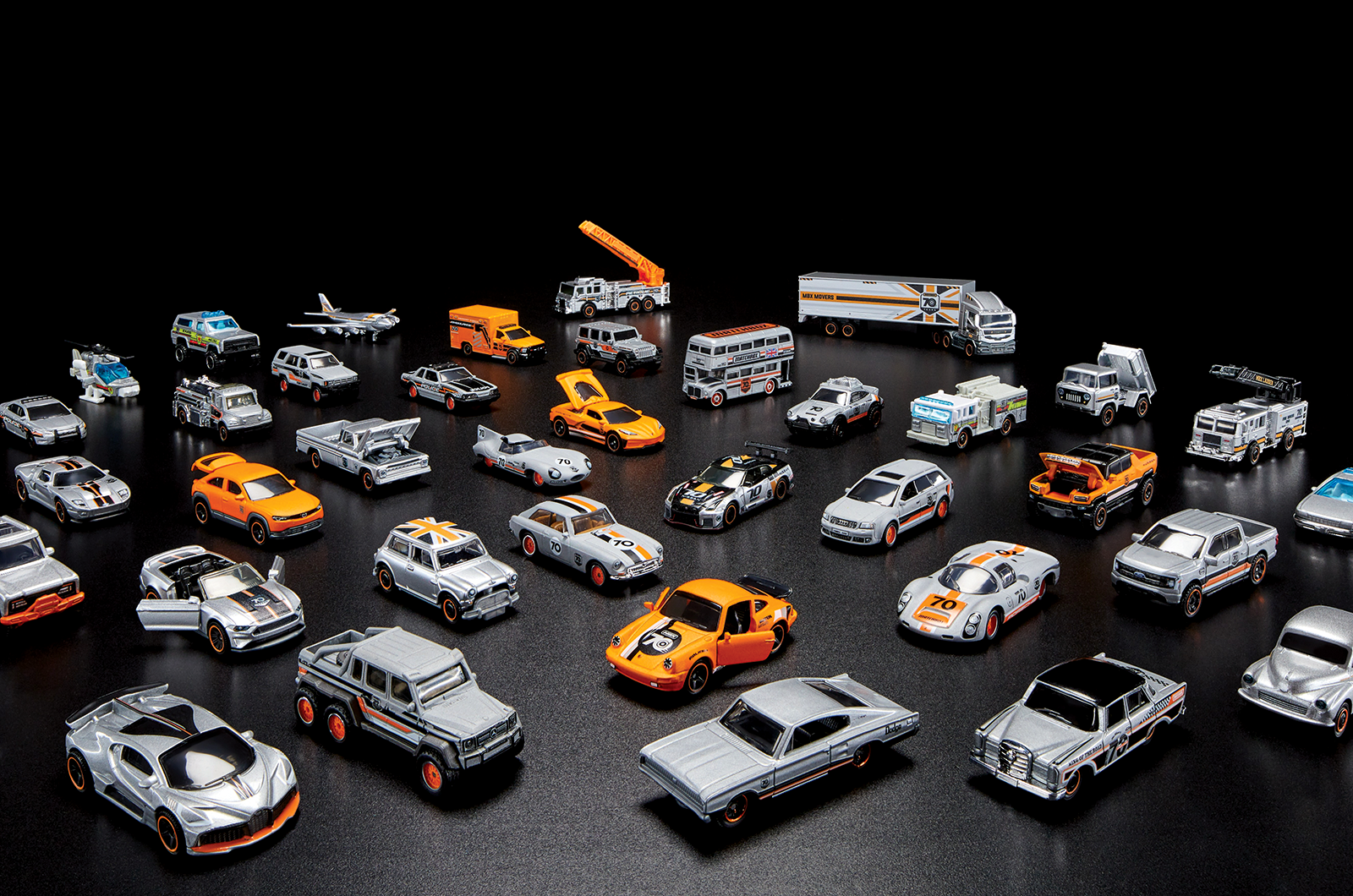It had also stuck to its toy cars business while most attempts to diversify failed; now, diverted by Star Wars, video games and rock music, kids lost interest in them at age 10, rather than 14 to 15 as they had in the 1950s.
The company was sold off to Hong Kong’s Universal Toys and manufacture shifted, inevitably, to Macau and China.
Through various changes of ownership Matchbox was eventually acquired by its old nemesis Mattel in 1997, to the consternation of collectors who feared the famous name would soon be consigned to history, along with all the several thousand different vehicles, most of which they cherished.
Julian Payne Snr, Matchbox manager of product design, works on a recreation of the big-selling 1953 Coronation Coach that helped to establish the Lesney name © Matchbox
And yet the Matchbox brand has continued since, and for its 70th anniversary this year there’s a special roster of some 40 celebratory editions.
“We think they will be great for collectors to go out and hunt for,” says Ted Wu, vice-president of global vehicle design at Mattel, where the Matchbox design identity has recently reasserted itself.
“Three years ago, we started building a whole new brand foundation for Matchbox,” he continues.
“Our market research found that kids really do care about realism and authenticity.
“It helps them connect with the grit of the real world, but starting in the safety of the living room.
“I’m 43, but even growing up here in the US, Matchbox was used ubiquitously for ‘toy car’, like Kleenex or Xerox.”
Ted estimates four billion Matchbox vehicles have been produced so far, yet it still takes 18 months to bring a new issue from first sketch to hanging on a supermarket rack.
Now owned by old rival Mattel, Matchbox is celebrating its 70th birthday with a run of limited editions © Matchbox
Back in Odell’s day, the process was entirely analogue, involving clay sculptures, wooden mock-ups and pantographs, and it took around the same time.
Today, a 3D printer can have a first sample shape on a meeting table within a few hours, but much more time is now spent to test liveries and ensure that the model won’t hit any glitches in the highly automated manufacturing process – even if it is still basically a pocket-sized carcass of moulded zinc.
There is no doubt that Matchbox cars will continue to leave lasting impressions on car-mad kids who play with them up close. As they always have.
Indeed, in the 1970s, when Matchbox churned out millions of its small-scale Pininfarina BMC 1800s, Lamborghini Marzals and Monteverdi Hais, that’s how those near-mythical exotic cars existed in our imaginations; it always came as a shock to see how strangely inaccurate the real things actually seemed.
Images: Getty/Matchbox
Enjoy more of the world’s best classic car content every month when you subscribe to C&SC – get our latest deals here
READ MORE
Matchbox marks 70 years with limited-edition collection
Also in my garage: Scalextric
When Corgi struck gold: the story behind the greatest toy ever
Giles Chapman
Giles Chapman is a contributor to – and former Editor of – Classic & Sports Car, who first joined the staff before it was even three years old. He owns a rare 1976 Range Rover and wonders if it will ever be finished
